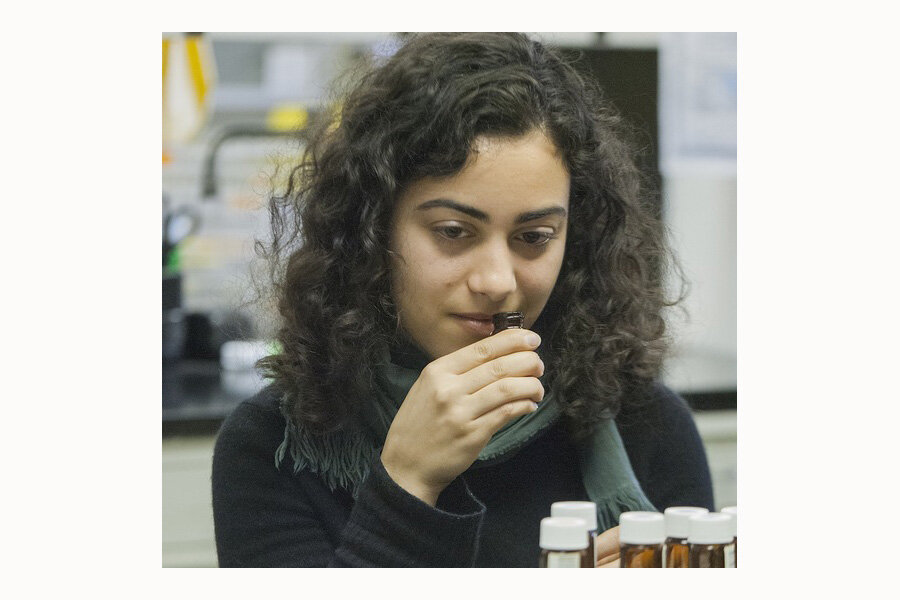Human nose can sniff out one trillion distinct odors, say scientists
Loading...
There's no mistaking the odor of burning rubber for the fresh smell after a summer rain, but now new research shows the human nose can distinguish among many more odors than once thought.
People often say that humans can distinguish among only 10,000 different odors. But in fact, the nose can tell apart at least 1 trillion different odors, and possibly many more, the new findings suggest.
"We debunk this old, made-up number of 10,000," said Leslie Vosshall, an olfaction researcher at the Rockefeller University in New York and a co-author of the study detailed today (March 20) in the journal Science. "It gave humans an inferiority complex about our sense of smell," she said, referring to the keen sense of smell in other animals.
Animals use their senses of smell to find food, avoid danger and even find mates.
"We're much better smellers than we thought we were,"Vosshall told Live Science.
The number 10,000 has appeared in scientific literature and popular magazines, but only a few researchers have actually tested it. In the new study, the researchers say they suspected the human nose could smell many more than 10,000 scents, based on the fact that a typical nose has 400 olfactory receptors. The human eye has only three color receptors, and yet people can see up to 10 million colors, the researchers noted. [Hold Your Nose: 7 Foul Flowers]
Testing whether people could smell 10,000 different scents or more would be an impossible task. So Vosshall and colleagues tested a subset of these odors in different combinations, and extrapolated their results to estimate the total number of scents the human nose can distinguish.
The researchers created mixtures of 128 different scent molecules. Individually, the molecules resembled odors such as grass or citrus, but when they were all combined, the mix smelled unfamiliar.
Vosshall's team gave the volunteers three vials of scents — two of one scent along with a third, different scent — and told them to identify the unique odor. The volunteers repeated the process for more than 260 sets of vials.
The researchers counted how often the volunteers correctly identified the different vial, and extrapolated this to estimate how many scents an average person could distinguish out of all possible mixtures of 128 molecules.
The findings revealed that humans can smell at least 1 trillion different scents. But the actual number may be much higher, because there are more than 128 odor molecules, Vosshall said.
The researchers didn't break the results down by gender, ethnicity or other factors for this study. But their previous research suggests that young, Caucasian women who are non-smokers and of normal weight are the best smellers.
Vosshall hopes the research will inspire people to smell the world in a new way. "Don’t constrain yourself to 10,000 scents — use the full trillion," she said.
Follow Tanya Lewis on Twitter and Google+. Follow us @livescience, Facebook & Google+. Original article on Live Science.
- 10 Things You Didn't Know About You
- Stinky Seduction: Flowers Use Shocking Scents to Attract Bugs
- Tip of the Tongue: The 7 (Other) Flavors Humans May Taste
Copyright 2014 LiveScience, a TechMediaNetwork company. All rights reserved. This material may not be published, broadcast, rewritten or redistributed.







